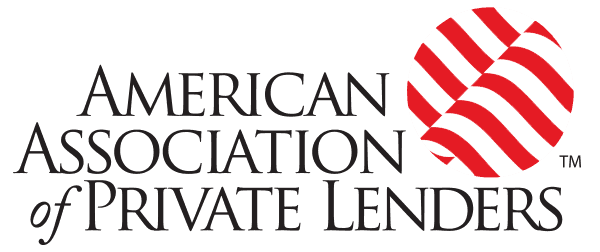Jul 21, 2025
Interest reserves are becoming a mainstay in the private lender’s toolkit—and for good reason. Over the last 12–18 months, we’ve seen a surge in lenders adopting prepaid interest structures. While this approach has long been standard in markets like the UK, it’s only now gaining real traction here in the US.
So why the shift? What are the benefits? And how do you structure reserves effectively without overcomplicating things?
Let’s start with the basics.
The Interest Reserve Every Lender Already Uses
Whether you call it a “reserve” or not, almost every lender already collects a prepaid interest amount at closing—typically referred to as “per diem” or “odd days” interest.
If a loan closes on, say, the 20th of the month, you’ll usually collect interest from the 20th through the end of that month upfront. That amount is deducted from the loan proceeds and either sent directly to the lender or held briefly in escrow by the servicer. Simple, standard—and undeniably a prepaid interest reserve.
That short first-month reserve exists for a reason: it eliminates the administrative headache of chasing a borrower for a tiny payment just days after closing. It’s cleaner for you and simpler for them.
Why Interest Reserves Are a Win-Win
Expanding that same concept across more of the loan term offers several advantages—both operational and financial.
1. Fewer missed payments and defaults.
If three, six, or even twelve months of interest are collected upfront, that cash is already in the lender’s account. You’re not chasing checks. You’re not fielding excuses. And you’re not giving a borrower the chance to fall behind early on.
2. Operational simplicity.
For borrowers juggling multiple LLCs, bank accounts, or rehab projects, making monthly payments can be more hassle than harm. A prepaid structure gives them space to focus on the project, not payment logistics.
3. Higher yields.
Here’s where things get interesting. Let’s say you originate a $100,000 loan at 12%, but you retain 12 months of interest—$12,000—at closing. You’re now only advancing $88,000, but still earning 12% on the full amount. That boosts your effective yield significantly. And when fund investors are involved, it often means a wider spread between your cost of capital and what you’re earning.
4. Lower exposure, lower risk.
Using that same $100K loan example, your real loan-to-value ratio drops. On paper it might look like you’re lending at 67% LTV on a $150K property—but your actual cash outlay is lower, so your effective LTV could be closer to 60%. That matters if you ever need to recover funds in a foreclosure.
How and When to Use Interest Reserves
Of course, reserves aren’t always a fit for every borrower—or every deal. But they can be a powerful lever to pull in certain situations:
First-time or unproven borrowers
Cash flow–sensitive projects
Low-documentation loans
As a trade-off for faster closings or streamlined underwriting
You don’t have to go all-or-nothing either. You can collect a reserve for just part of the loan term—say three or six months—or even apply it selectively based on property type or borrower history.
One caveat: reserves reduce borrower touchpoints. If you’re collecting 12 months upfront, you may not hear from the borrower until the reserve runs out. That’s fine if things are going well—but less ideal if you rely on regular interaction to flag issues early.
To counter that, some lenders structure partial reserves or blended models (e.g., half paid monthly, half from reserve). These are more complex to administer—but Petra can help with that.
What About Rehab or Construction Loans?
These require a bit more finesse, especially if funds are being drawn over time.
Some options we’ve seen:
Base amount reserve – Collect interest only on the initial funded amount. Borrowers pay more interest over time as they draw more.
Estimated draw-based reserve – Estimate the draw schedule and set a reserve accordingly.
Flat dollar reserve – Keep it simple with a fixed amount (e.g., $100K held in reserve) that covers payments until it’s used up.
The approach you choose will depend on how you structure draws, whether you use Dutch or simple interest, and how confident you are in your projections.
How Petra Helps Lenders Handle Reserves (Without the Headache)
Some servicers only support interest reserves if they’re sent through their trust account and disbursed month by month. That works—but it limits flexibility.
Petra is set up to accommodate a much broader range of scenarios. You can choose to:
Keep the funds yourself and benefit from the lower capital outlay and higher yield.
Have Petra disburse interest across participations or investor accounts.
Mix and match depending on borrower, loan type, or structure.
Whether you’re using our full servicing model or admin-only setup, we’ll help you track interest application, calculate monthly reserves, and reconcile your records. We can even help you manage complex construction loans with dynamic reserves and partial draws.
If you’ve got a unique setup or a structure you haven’t seen here, let us know—we’re confident we can support it.


